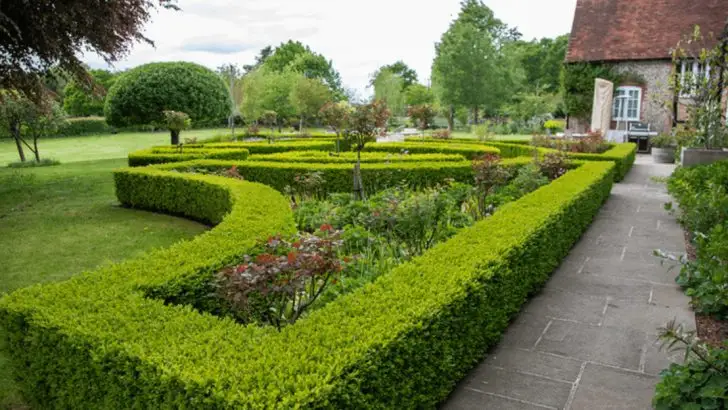The elegance of a French garden is timeless — with its blend of refined design, symmetry, and a deep connection to nature. Whether you’re dreaming of a charming courtyard or a more expansive garden, French-inspired features can add an element of sophistication and romantic flair to any outdoor space.
In this article, we explore 15 classic French garden features that will make your garden feel like an enchanting getaway. From manicured hedges and quaint fountains to stylish wrought-iron gates, these elements will help you capture the romantic charm and grace of French gardens right in your own backyard.
Bring a touch of European elegance to your garden and create a space that invites relaxation and beauty.
Formal Hedges
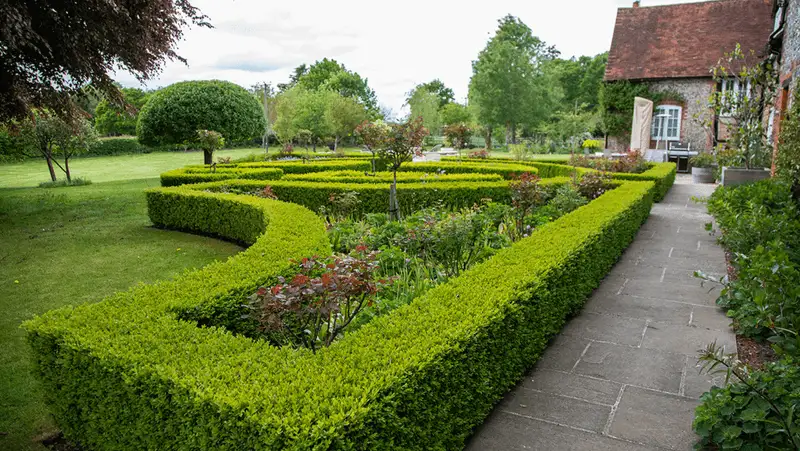
Neatly clipped boxwood hedges define French gardens with their geometric precision. Forming symmetric patterns, these hedges create a sense of order and elegance. Ideal for outlining borders or framing pathways, they require regular maintenance to maintain their sharp lines. Consider incorporating them into your garden for a classic touch. Their deep green hue provides a stunning contrast to colorful flower beds, making them a versatile feature. Did you know? The tradition of formal hedges dates back to the Renaissance, where they were a symbol of wealth and status.
Stone Statues
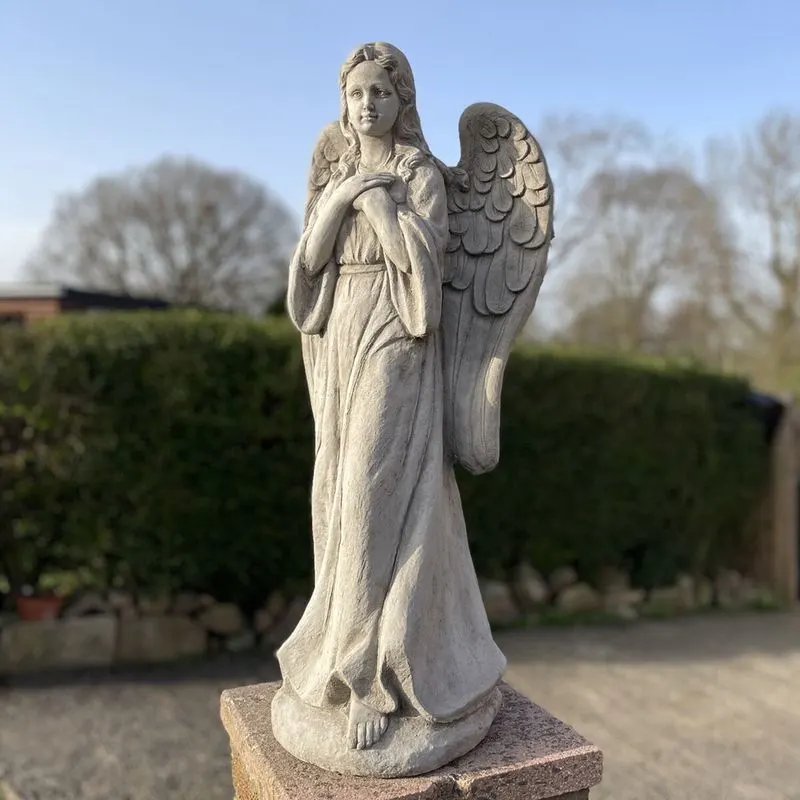
Stone statues are a quintessential element in French gardens, adding a touch of artistry and grandeur. These sculptures often depict mythological figures or historical personalities, serving as focal points amidst greenery. When placed strategically, they can draw the eye and offer visual interest. The weathered texture of stone complements the softness of blooms, creating a harmonious balance. Fun fact: In the 17th century, French nobility commissioned statues to display their wealth and taste in art.
Gravel Pathways
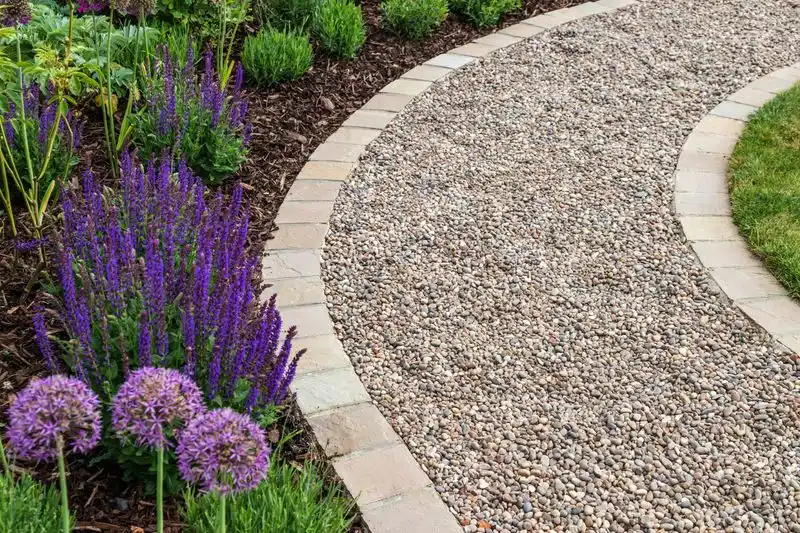
Gravel pathways in a garden evoke the charm of French countryside estates. The crunch of gravel underfoot adds a sensory experience that complements the garden’s visual appeal. These pathways are practical, providing clear routes through the garden while enhancing its structured look. They pair beautifully with lavender or rosemary, offering a delightful fragrance as you wander. Maintaining a gravel path is straightforward, requiring occasional raking to keep it level. This simple yet elegant feature brings a touch of Provence to your landscape.
Topiary Shapes
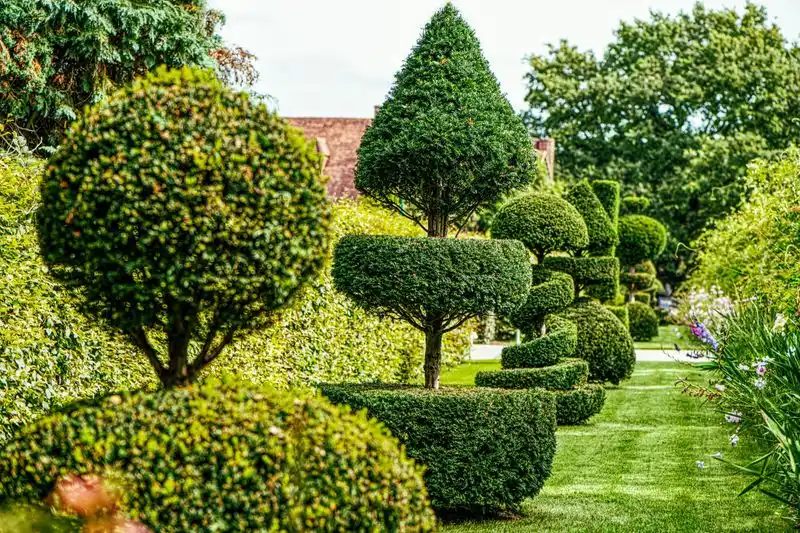
Topiary art transforms ordinary shrubs into living sculptures, embodying the playful and artistic spirit of French gardens. These meticulously shaped plants can take the form of animals, geometric designs, or abstract art, adding whimsy and sophistication. Regular pruning is essential to maintain their intricate shapes, making them a rewarding project for avid gardeners. The practice of topiary dates back to ancient Rome but found great popularity in France during the 16th century, illustrating the gardener’s skill and creativity.
Ornamental Fountains
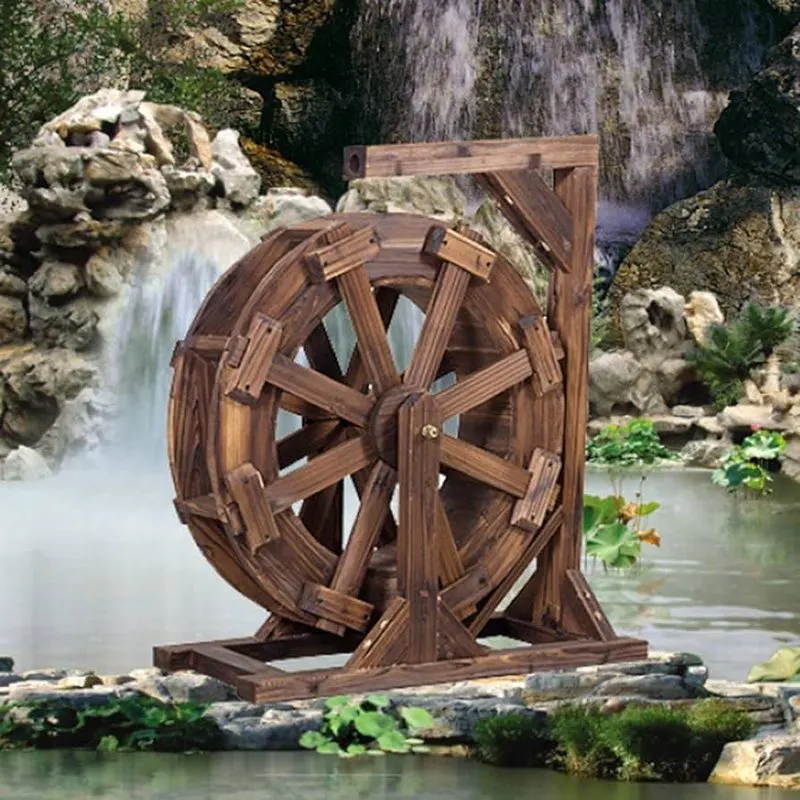
Ornamental fountains serve as the heart of a French garden, combining sound and movement to create a tranquil ambiance. Often crafted with elaborate designs, these fountains can range from grand structures to modest water features. The soothing sound of water complements the quiet elegance of the garden, inviting relaxation and reflection. Positioned as a central piece, a fountain can draw visitors into the space, making it an essential element for capturing the essence of French garden design.
Parterre Gardens
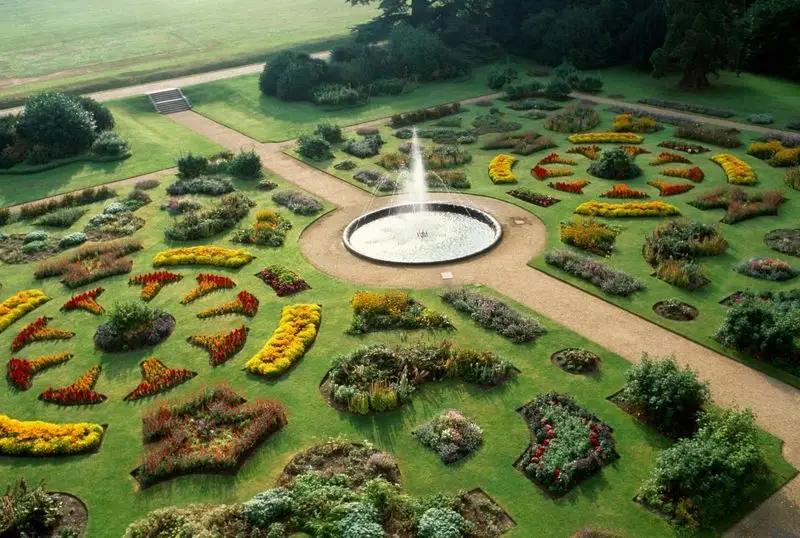
Parterre gardens display intricate patterns of hedges and flowers, an embodiment of symmetry and precision. Traditionally bordered by gravel or stone, these gardens are designed to be viewed from above, showcasing their elaborate designs. The use of contrasting colors and textures creates a visual tapestry that is both striking and serene. While maintaining a parterre requires dedication, the result is a stunning display of horticultural artistry. This garden style, popular in the Baroque period, reflects the French passion for order and beauty.
Wrought Iron Gates
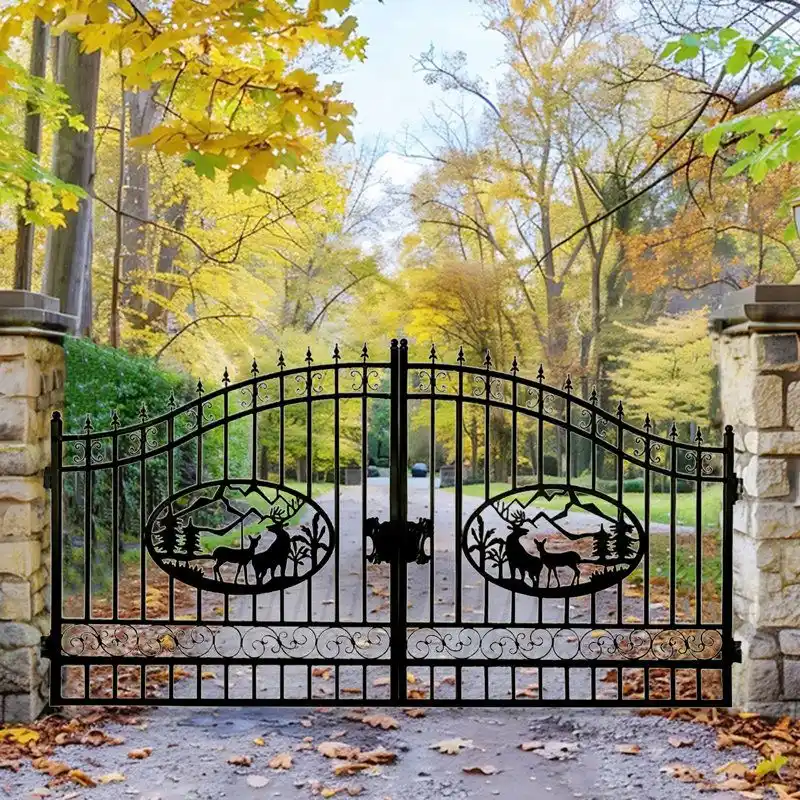
Wrought iron gates stand as majestic entrances to French gardens, marrying function with intricate design. The craftsmanship involved in creating these gates is evident in the detailed floral and scroll patterns. Beyond their aesthetic appeal, they offer security and privacy, forming a grand welcome to your garden sanctuary. Often painted in classic black or white, they can be customized to fit any garden style, adding a touch of elegance and history. These gates have been a feature of European estates since the 16th century.
Espaliered Fruit Trees
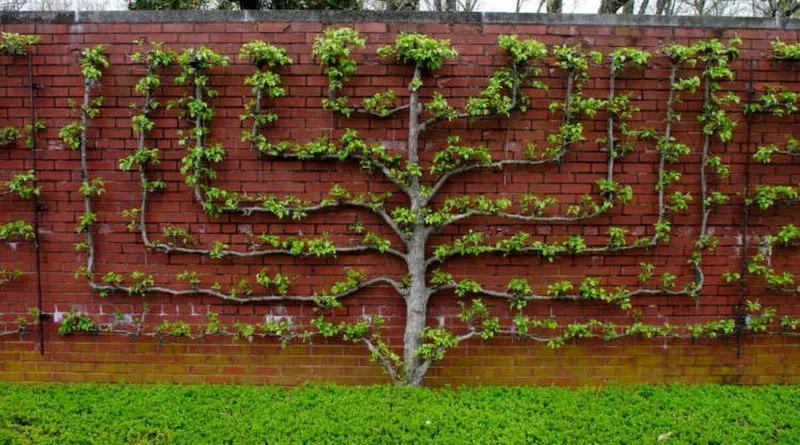
Espaliered fruit trees are a testament to the artful mastery of garden design, skillfully trained against walls or trellises. This technique not only maximizes space but also enhances the aesthetic appeal, turning fruit-bearing trees into living sculptures. The practice originated in the Middle Ages and has been cherished in French gardens ever since. Espaliered trees offer a practical yet beautiful way to enjoy fresh produce while adding architectural interest to your garden walls.
Climbing Roses
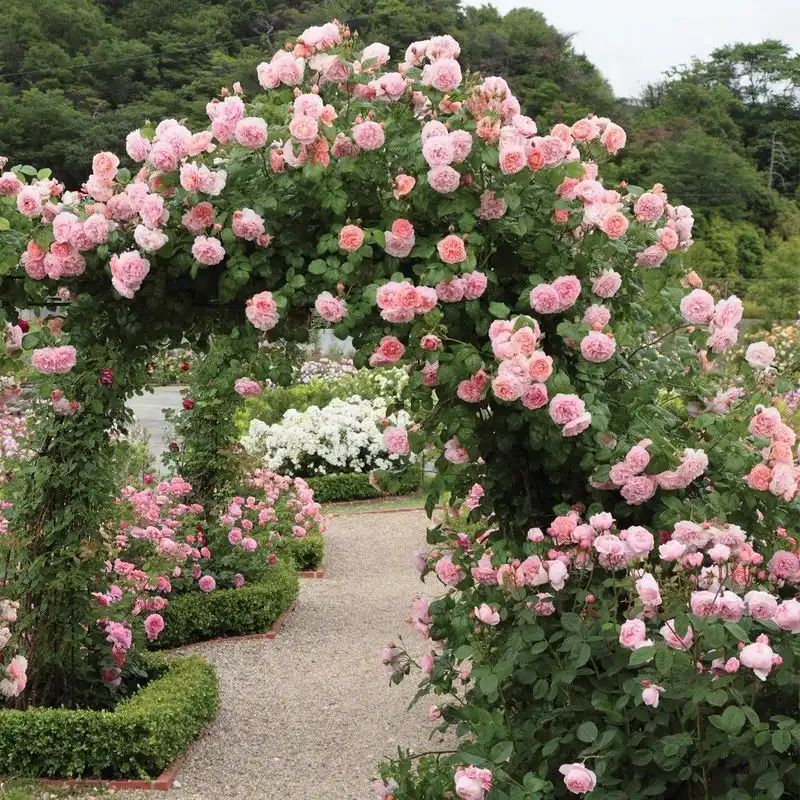
Climbing roses bring romance and fragrance to French gardens, cascading over trellises, arches, and walls. Their lush blooms offer bursts of color and elegance, while the sweet scent adds another layer of sensory delight. These roses require sturdy support structures and regular care to thrive, rewarding gardeners with a spectacular display each blooming season. Known for their adaptability, climbing roses can transform any vertical space into a floral masterpiece, staying true to the French tradition of beauty and grace.
Garden Benches
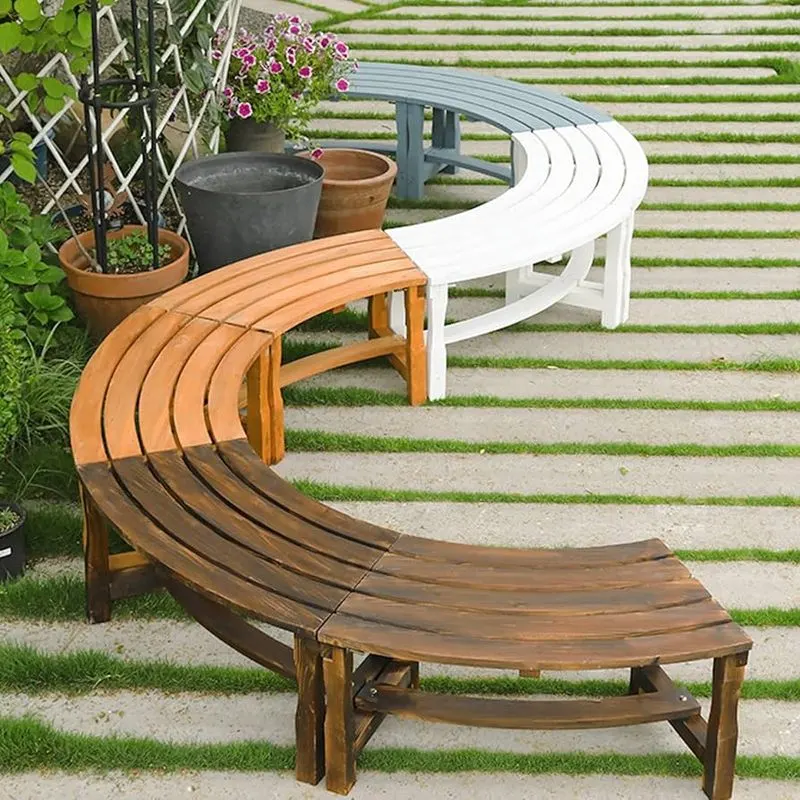
Imagine a tranquil spot to pause and soak in the beauty around you. Garden benches scattered throughout provide just that. Crafted from wood, stone, or iron, these benches offer both practicality and aesthetic charm. Positioned strategically, they encourage quiet reflection and leisurely enjoyment of the garden’s offerings. Whether nestled in a secluded nook or placed under a shady tree, a garden bench invites you to linger a while. In French gardens, they are more than just seating; they are an invitation to savor life at a slower pace.
Lavender Borders
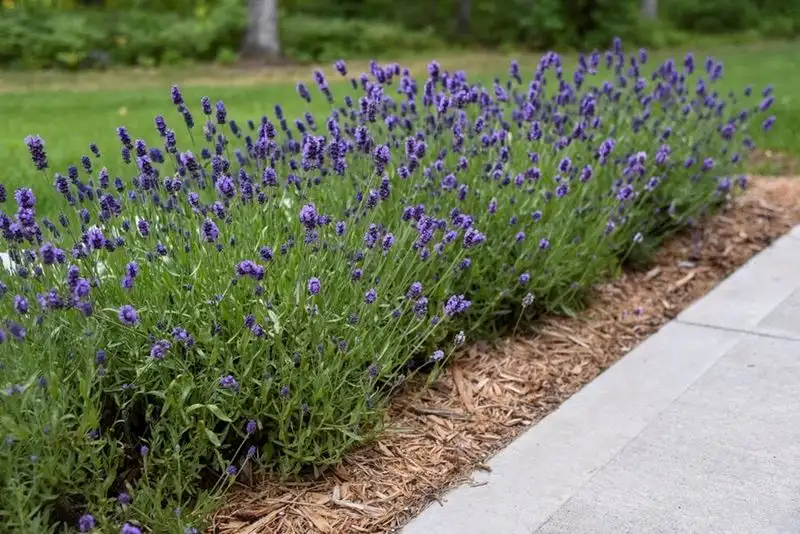
Lavender borders infuse gardens with color and fragrance, reminiscent of the Provence region. Their purple blooms create a stunning visual contrast against green foliage and stone pathways. The scent of lavender is both calming and invigorating, attracting bees and butterflies. These hardy plants are drought-tolerant and thrive in sunny conditions, making them an excellent choice for borders and edging. Incorporating lavender into your garden not only enhances its beauty but also supports local pollinators, embodying the perfect blend of form and function.
Orangerie
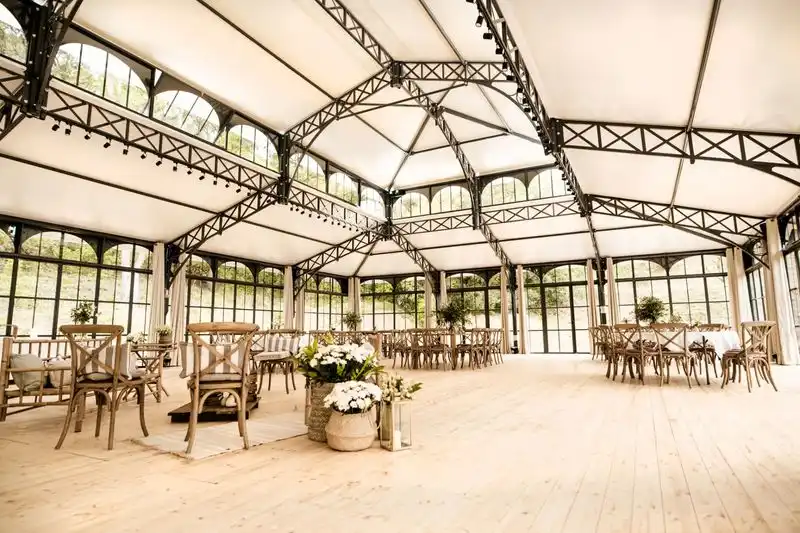
Orangeries are elegant structures reminiscent of greenhouses, designed to protect citrus trees during colder months. These glass-enclosed spaces offer a glimpse into the grandeur of French aristocratic life, featuring ornate architecture and lush greenery. Today, orangeries can serve as versatile garden rooms, ideal for growing a variety of plants. They extend your garden’s usability through the seasons, merging indoor and outdoor living. In the 17th century, owning an orangerie was a status symbol among the French elite.
Water Features
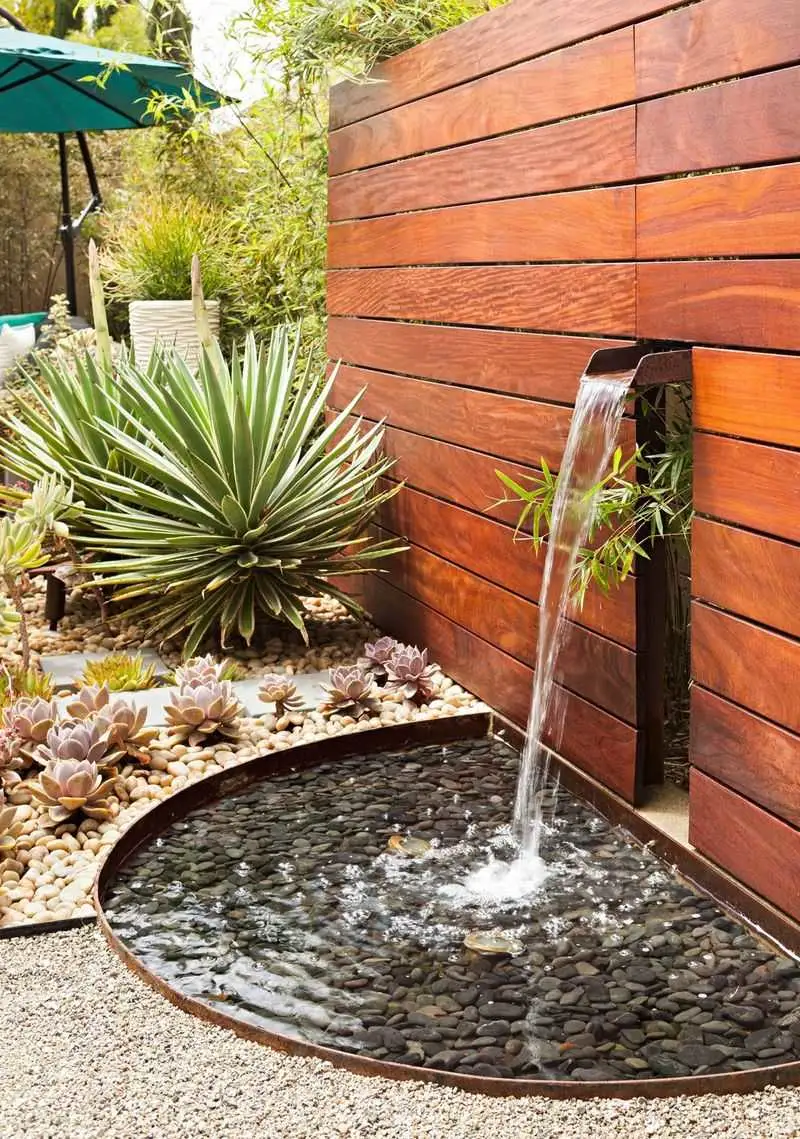
Water features like ponds or small waterfalls introduce a serene element to French gardens, creating a soothing backdrop to the landscape. The gentle flow of water fosters a peaceful atmosphere, attracting wildlife and adding a dynamic element to the garden. Reflections on the water’s surface enhance the sense of space and tranquility. These features can be customized to fit any garden size, providing an opportunity to incorporate personal style. Historically, water has been a key element in French garden design, symbolizing life and renewal.
Herb Gardens
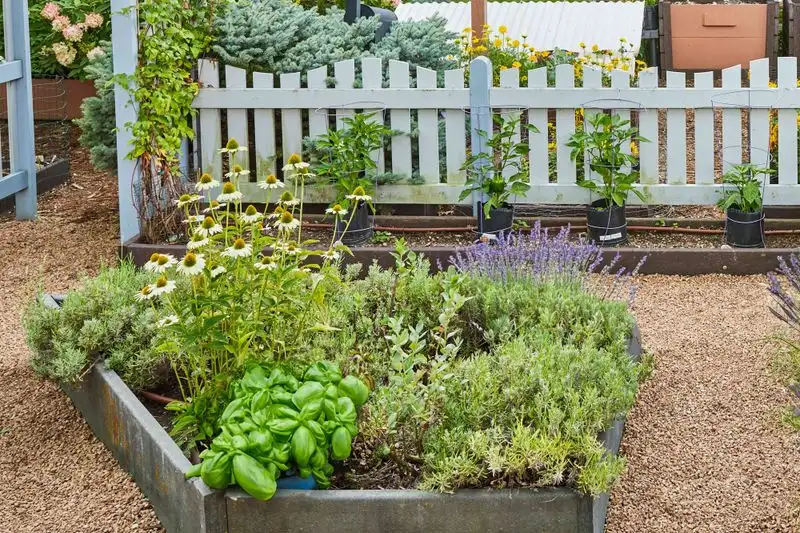
Herb gardens combine practicality with beauty, offering fresh ingredients at your fingertips. French-inspired designs often feature herbs like thyme, rosemary, and basil, arranged in neat, accessible plots. A dedicated herb garden not only enhances culinary pursuits but also brings texture and fragrance to the garden. These gardens can be small and contained within raised beds or larger, sprawling plots. They reflect the French appreciation for flavor and fragrance, allowing gardeners to enjoy the fruits of their labor both visually and tastefully.
Pergolas
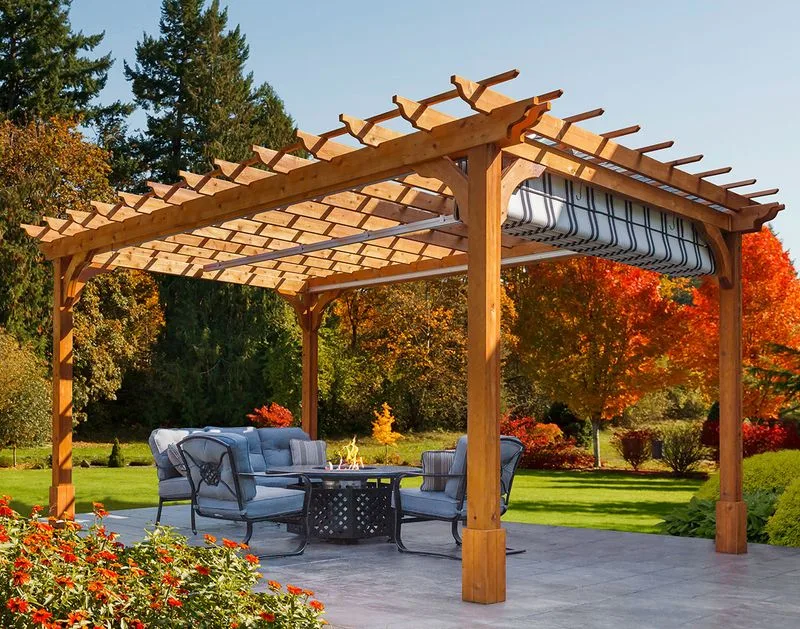
Pergolas offer a charming structure for climbing plants, creating inviting walkways or shaded retreats. Their open framework allows sunlight to filter through, casting playful shadows on the ground. Covered with wisteria or jasmine, pergolas become lush, fragrant havens. Whether used to frame a garden entrance or shelter a seating area, they add architectural interest and romance. The use of pergolas in French gardens dates back to the Renaissance, reflecting their enduring appeal and versatility.

